Mr. K., the patient's father, said that the child had been wheezing since birth. He had taken the child to the doctor but had not recorded the illness. This time, the child became worse and was admitted to the emergency room in critical condition, with acute respiratory failure, threatening his life. The child was put on a high-parameter ventilator but did not improve.
After a chest CT scan, the doctor diagnosed the child with congenital tracheal stenosis. Baby Q's trachea diameter was about 1.5-2mm while the diameter in normal children is about 4mm. In addition, the left pulmonary artery loop behind the trachea compressed the right bronchus of the child, making the condition worse. After consultation, the doctors performed emergency surgery on baby Q.
On August 29, Master - Doctor Nguyen Tran Viet Tanh, representative of the surgical team, shared that this was a very difficult case. The patient was only 7 months old, underweight, and was admitted to the hospital in a serious condition that could not be examined by respiratory endoscopy before surgery, so the degree of stenosis could not be predicted.
With the efforts of the doctors, the patient was saved. After 3 days of surgery, the patient improved well and was able to get off the ventilator. The results of the respiratory endoscopy showed that the trachea was no longer narrowed, and baby Q. was discharged from the hospital to the happiness of his family.
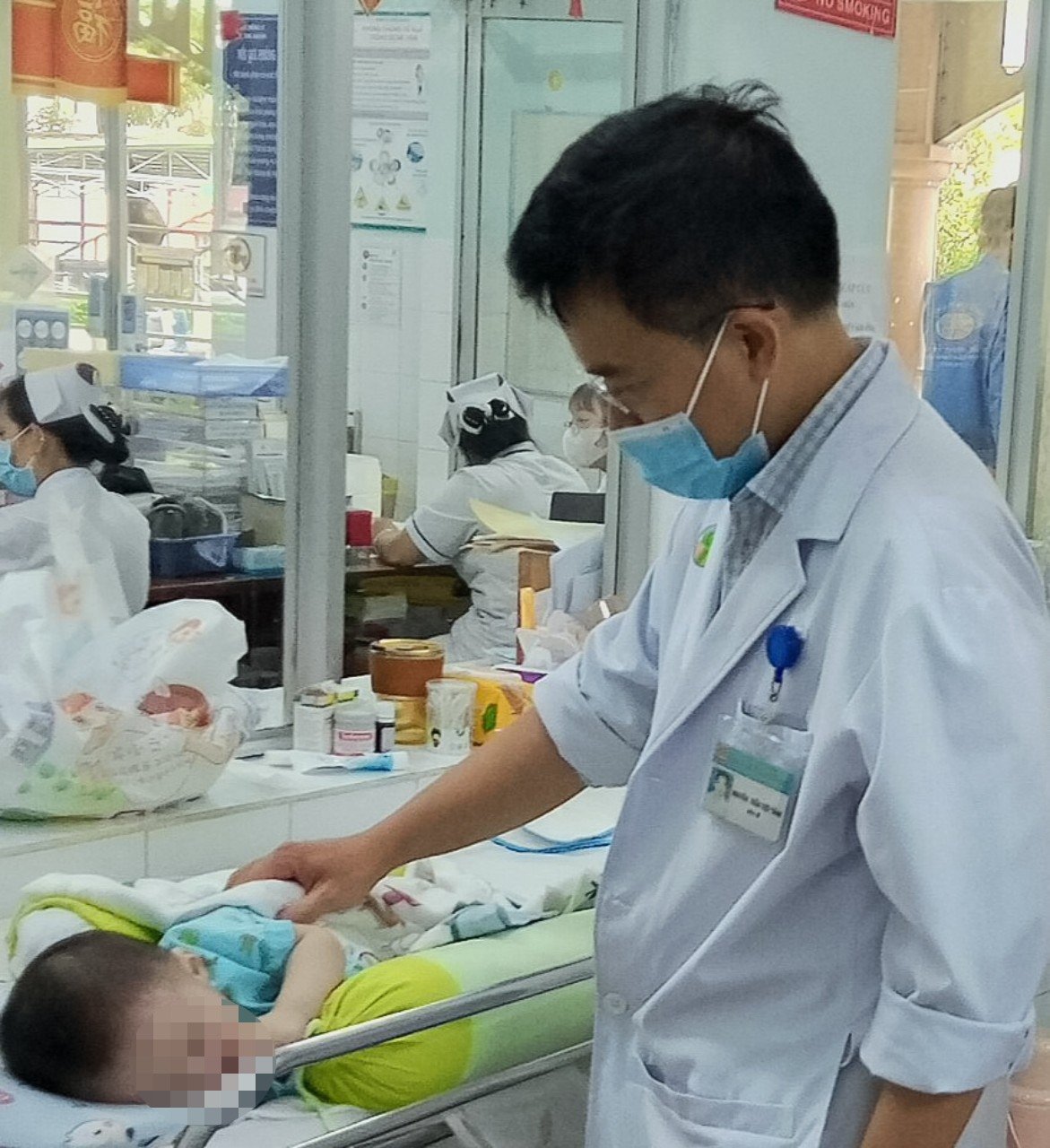
Doctor examines patient after surgery
Dr. Tanh said this is a rare disease, according to world medical literature, the incidence is 1/65,000. As a final-line pediatric unit, Children's Hospital 2 annually receives and successfully treats about 5-6 cases of pediatric patients with the above condition.
When a case of congenital tracheal stenosis is suspected, doctors will order a chest CT scan with contrast to confirm. In addition, the child will also undergo a respiratory endoscopy examination, along with a diagnosis through the CT scan results and an echocardiogram to screen for accompanying heart defects.
The child has been diagnosed with congenital tracheal stenosis, depending on the severity of the child's stenosis and clinical manifestations, the doctor will prescribe surgery. However, surgery is not simple and has many potential risks of complications, so it is not widely prescribed.
"Most cases of children with tracheal stenosis of more than 50%, normal diameter and respiratory failure require airway reconstruction surgery. Children without intervention are very susceptible to airway obstruction, which is life-threatening," Dr. Tanh noted.
Source link


![[Photo] More than 17,000 candidates participate in the 2025 SPT Competency Assessment Test of Hanoi National University of Education](https://vphoto.vietnam.vn/thumb/1200x675/vietnam/resource/IMAGE/2025/5/17/e538d9a1636c407cbb211b314e6303fd)

![[Photo] Nearly 3,000 students moved by stories about soldiers](https://vphoto.vietnam.vn/thumb/1200x675/vietnam/resource/IMAGE/2025/5/17/21da57c8241e42438b423eaa37215e0e)

![[Photo] Readers line up to visit the photo exhibition and receive a special publication commemorating the 135th birthday of President Ho Chi Minh at Nhan Dan Newspaper](https://vphoto.vietnam.vn/thumb/1200x675/vietnam/resource/IMAGE/2025/5/17/85b3197fc6bd43e6a9ee4db15101005b)
![[Photo] Prime Minister Pham Minh Chinh chairs meeting on science and technology development](https://vphoto.vietnam.vn/thumb/1200x675/vietnam/resource/IMAGE/2025/5/17/ae80dd74c384439789b12013c738a045)





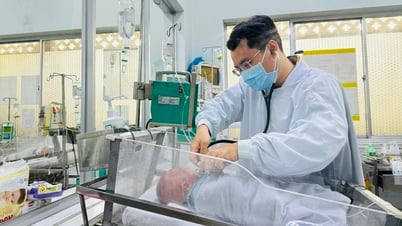



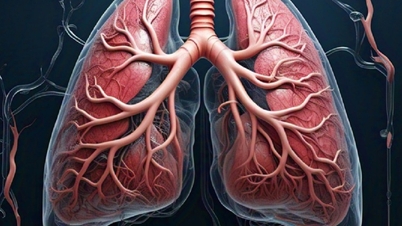
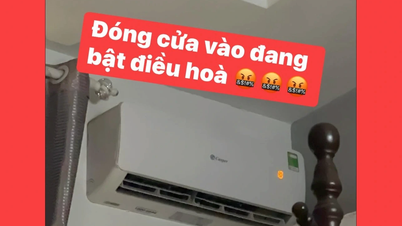
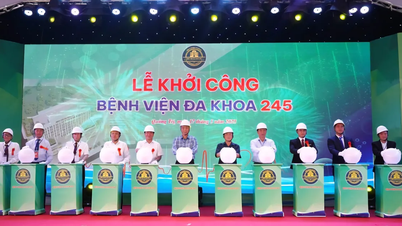

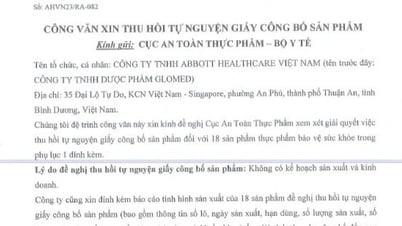

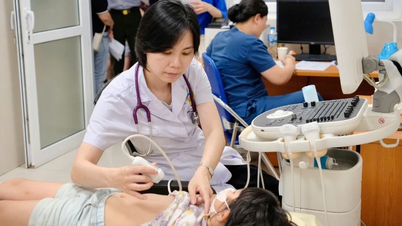

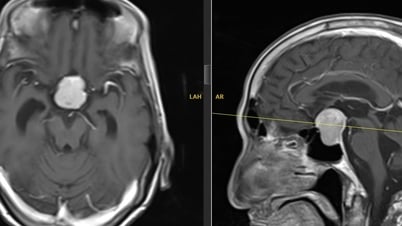
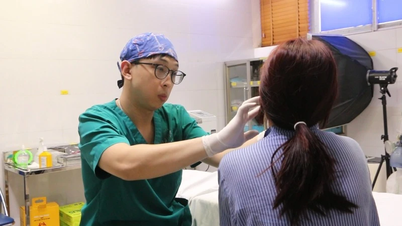





























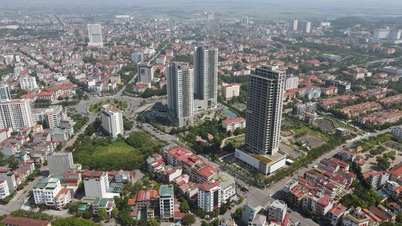








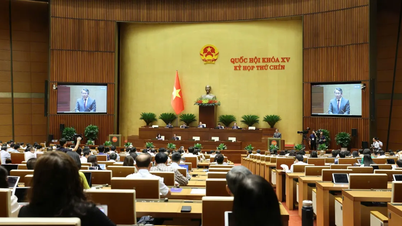























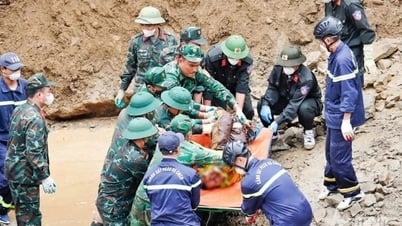













Comment (0)